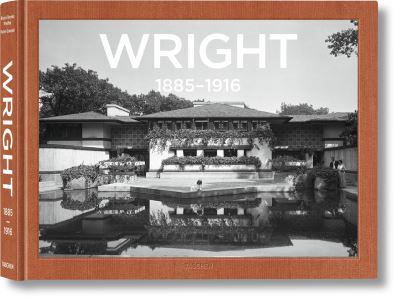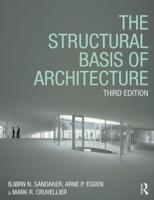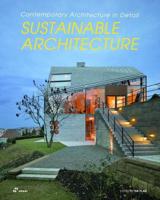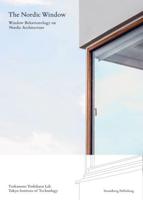Publisher's Synopsis
Frank Lloyd Wright (1867-1959) is widely considered to be the greatest American architect of all time; indeed, his work virtually ushered in the modern era and remains highly influential today. His wide-ranging and paradigm-shifting oeuvre is the subject of TASCHEN's three-volume monograph that covers all of his designs (numbering approximately 1,100), both realized and unrealized. Made in cooperation with the Frank Lloyd Wright Archives in Taliesin, Arizona, this collection leaves no stone unturned in examining and paying tribute to Wright's life and work. From his early Prairie Houses (typified by the Robie House) to the Usonian concept home and progressive "living architecture" buildings to late projects like the spiral Guggenheim Museum in New York and the development of his fantastic vision of a better tomorrow via his concept of the "living city," all of the phases of Wright's career are painstakingly described and illustrated herein.Volume 1 covers the period 1885-1916, spanning the early Chicago years and the Prairie Houses. It's the period which provoked a profound influence on European architects and which already demonstrated Wright's knowledge of and respect for natural materials.Featured projects include the administration building for the Larkin Soap Company (1903-1905), and the Unity Temple (1905).










